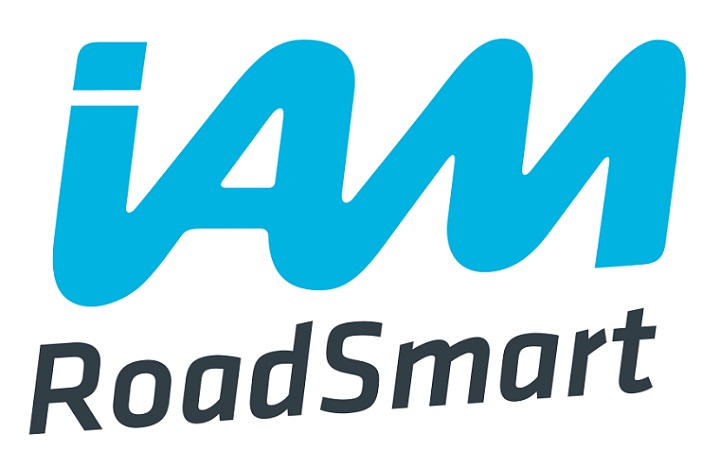
IAM RoadSmart says a robust plan is urgently needed from the Government to outline how it plans to ‘stamp out’ drug driving among young drivers.
The call comes on the back of a survey of more than 2,000 drivers, which the charity says shows there is “a shocking level of illegal drug-driving going on among younger drivers”.
The survey finds that 28% of respondents aged 16-24 years have either driven under the influence of illegal drugs, or been a passenger where the driver has taken illegal drugs within the 24-hour period beforehand.
Meanwhile, more than a third (32%) believe it’s more common to drive under the influence of illegal drugs than drink driving.
More positively, over two-thirds (69%) of this age group would be likely to stop others under the influence from driving. However, almost a fifth (19%) of young drivers are unlikely to stop a family member or friend who was planning to drive while under the influence of illegal drugs.
Nicholas Lyes, director of policy and standards at IAM RoadSmart, said: “IAM RoadSmart’s research clearly shows there is a shocking level of illegal drug-driving going on among younger drivers which risks not only their lives but the lives of all road users.
“Worryingly, almost a fifth of younger drivers would be unlikely to stop a friend or relative from driving under the influence of illegal drugs so it’s clear more needs to be done to educate drivers of the dangers, and a robust plan from government is urgently needed on how they plan to stamp out this issue.
“One thing the Government may wish to look at is developing a separate strategy to drink-driving for drug-driving alone.
“Alongside this, we need more police officers conducting roadside drug-tests as well as looking at offering drug-driving rehabilitation courses, much like we do for those convicted of drink-driving.”
Data published by the DfT shows there were 2,500 drug-drive related casualties in 2021, a 260% increase since 2012.
Meanwhile, Ministry of Justice statistics show that convictions for driving a motor vehicle under the influence of drink or drugs overall has increased from 41,457 in 2014 to 58,117 in 2022 – a rise of 40%.
Comment on this story